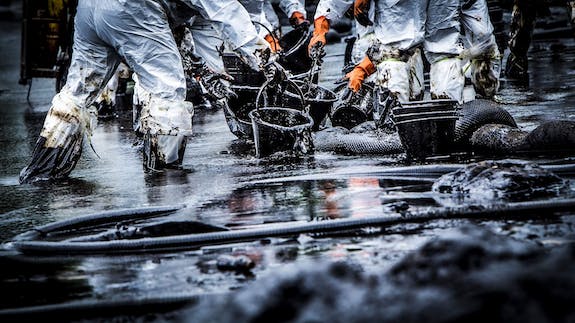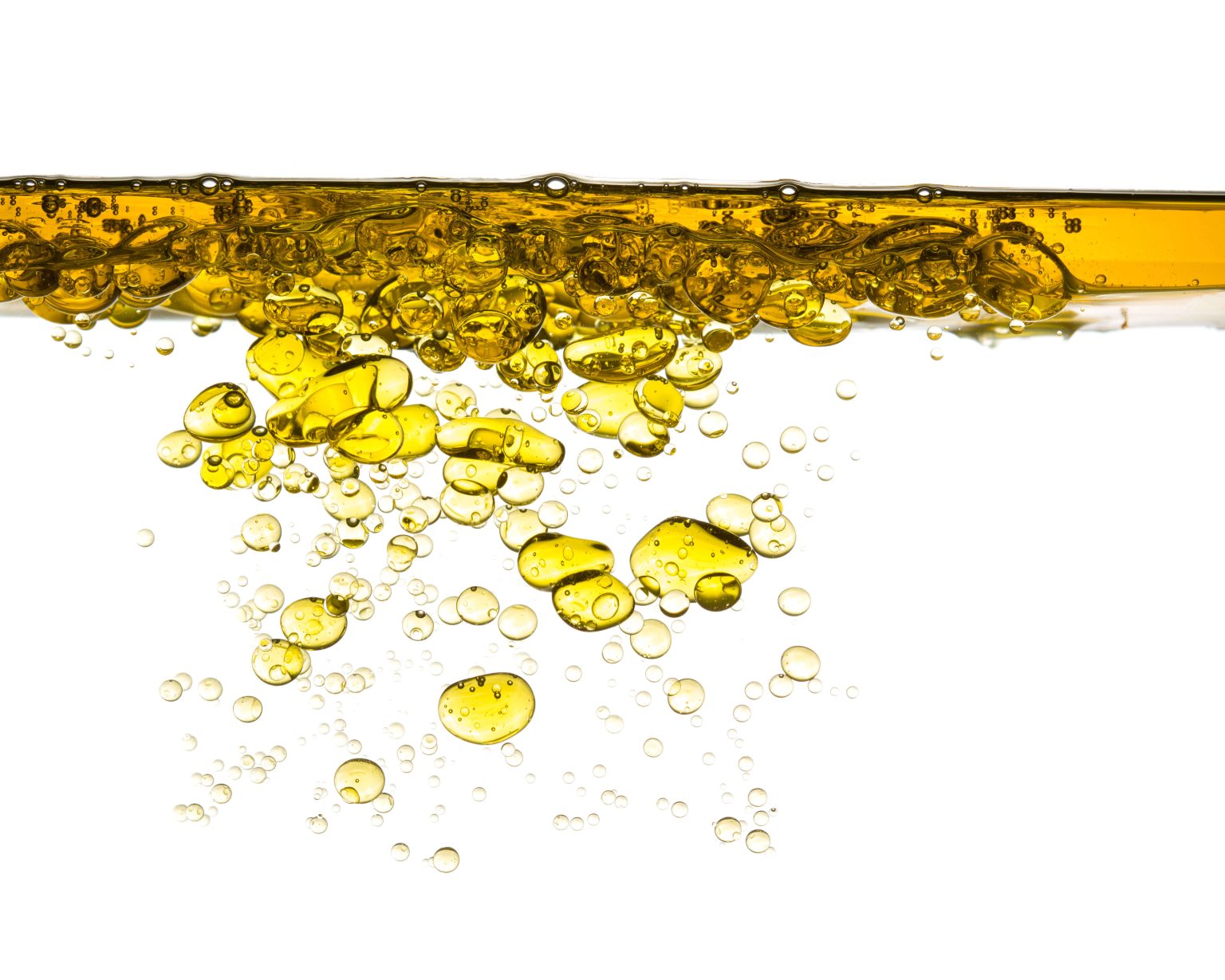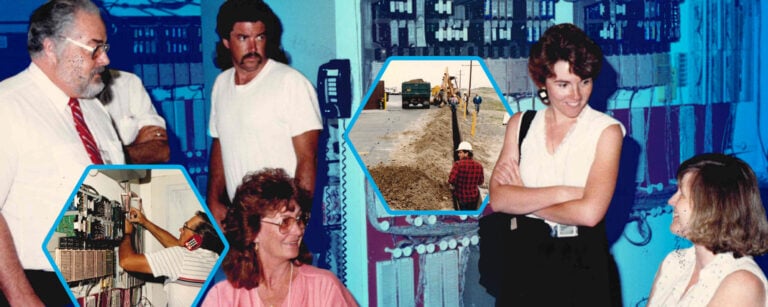Major oil spills in the U.S. have damaged millions of acres of habitat, ruined entire industries and cost billions of dollars in cleanup costs.
That’s partly because current techniques used to clean up spills — removing several inches of topsoil, high pressure water cannons, solvents and collecting oil by hand — are expensive and hard on the environment. Plus, it can take decades for ecosystems to recover to their pre-spill condition.
Now, researchers at Idaho National Laboratory and the University of Idaho are developing a Trace Element Humate Surfactant (TEHS), which would be an inexpensive, environmentally friendly way to clean up oil and other hydrocarbon spills using a mixture of microbes and organic acids.
The TEHS technology concept made it to the semifinal round of the prestigious 2018 NASA iTech competition.
INL research scientist Dr. Catherine Riddle developed TEHS after watching footage of Gulf Coast cleanup efforts following the Deepwater Horizon oil spill.
“We saw film footage of people in hazmat suits scraping the oil off of the beaches in Louisiana,” she said. “We thought, ‘There has got to be something we can do.’”

Riddle came up with the idea of using a combination of humates and microbes to digest the hydrocarbons. Riddle developed the patented technology with assistance of researchers at INL and Dr. Robert Borrelli, a nuclear engineering associate professor at the University of Idaho who is associated with the Center for Advanced Energy Studies.
Humates, organic acids such as humic acid and fulvic acid, are found in soil rich with organic matter. These acids undergo a chemical reaction with oils, turning them into fatty acids and sugars. Those organic acids also promote microbial growth by providing nutrients and energy, especially when mixed with small amounts of phosphorus, nitrogen and iron.
The next component of TEHS is the microbes themselves. Many types of microbes — such as the bacteria Thalassolituus oleivorans — can utilize hydrocarbons as a food source, then die off once the hydrocarbon is consumed.
By using microbes that are indigenous or near-indigenous to the spill site, Riddle’s technology concept could minimize the chance of introducing a potentially harmful non-native species to the ecosystem.
The humates alone do a good job of converting oil in soils, especially soils containing a lot of clay. By adding microbes, up to 99 percent of the hydrocarbons could be eliminated within 30 to 120 days, Riddle said.
“The humates break down the oil and that makes it easier for the microorganisms to consume,” she said.
The other two components, diatomaceous earth and a novel biodegradable surfactant, give TEHS its structure. The surfactant, in essence a type of soap, was designed as a dispersant allowing for the immediate breakdown of the oil while not interfering with the action of the humates or the microbes.
Diatomaceous earth absorbs oil and keeps the solution from dispersing into unaffected areas.
The resulting mixture is “a viscus substance similar to wildland firefighting retardant,” Riddle said. “It could be released out of firefighting aircraft or sprayed out of hoses. You could lay down a fog of TEHS and the microbe/humate compound solution would start working.”
TEHS could also be used to contain and consume oil spills on open ocean, lakes and wetlands since the surfactant carrier floats on water.
With a few tweaks, the use of TEHS could expand beyond hydrocarbons to include remediation of heavy metals and other pollutants that could be susceptible to this type of microbial remediation. “There are many arenas where this type of hydrocarbon remediation could be used, both nationally and internationally,” Riddle said.
The NASA iTech competition is an effort by NASA’s Space Technology Mission Directorate (STMD) to find innovative ideas that address important problems on Earth and also hold potential to overcome critical technology hurdles in future space exploration.






